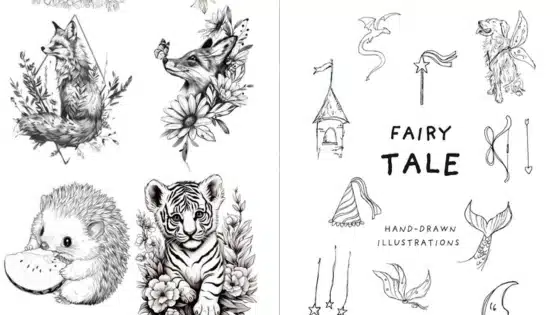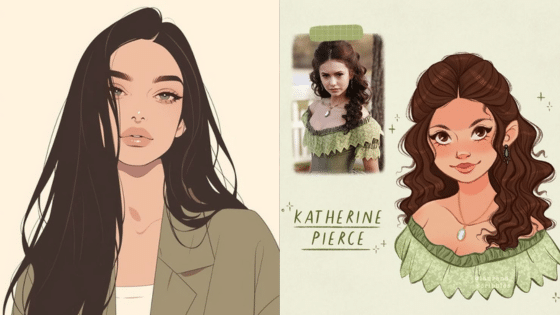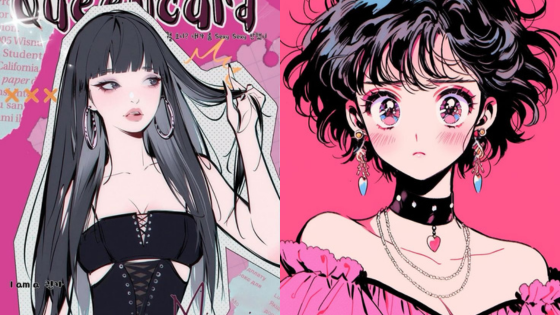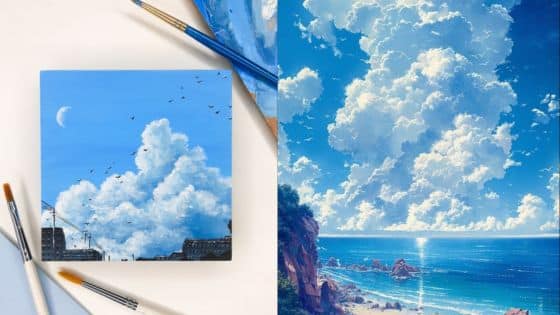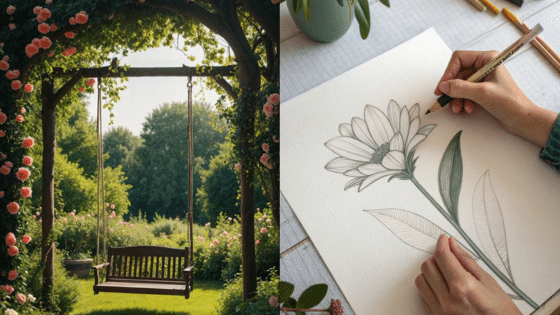Anime and stylized portraits are a popular way for artists to express creativity while capturing unique character traits. Learning how to draw these portraits helps artists bring out the charm and personality that define the anime style. The key to creating a great anime or stylized portrait is understanding the basic shapes, facial features, and coloring techniques that make this art form stand out.
Many tutorials focus on easy steps for beginners, guiding artists through drawing faces from different angles and adding colors that match the style. Whether working with digital tools or traditional methods, practicing these techniques can help improve skills and build confidence in creating portraits that feel both animated and expressive.
Fans of anime art often enjoy exploring different styles, from soft and sketchy to bold and vibrant. This post will share clear tips and steps that anyone can follow to start drawing their own anime-inspired portraits with more ease and fun.
Getting Started with Anime & Stylized Portraits
Creating anime and stylized portraits begins with having the right tools, gathering good reference materials, and knowing how to change real-life features into a unique artistic style. These basics help artists build skills that make their work look clean and expressive.
Essential Drawing Tools and Software
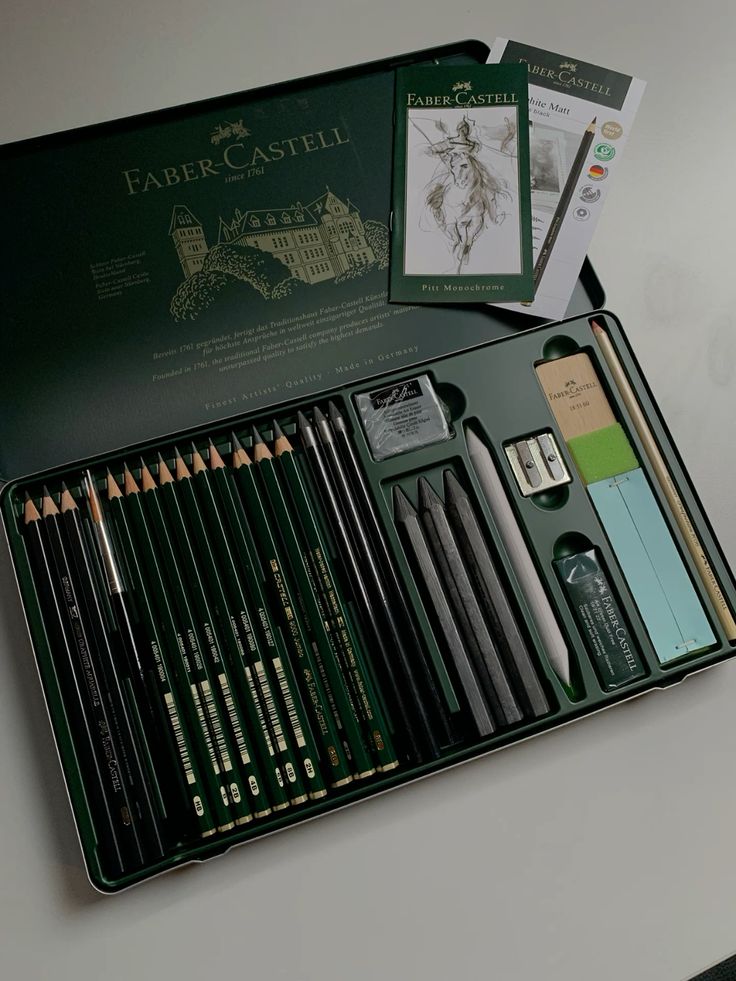
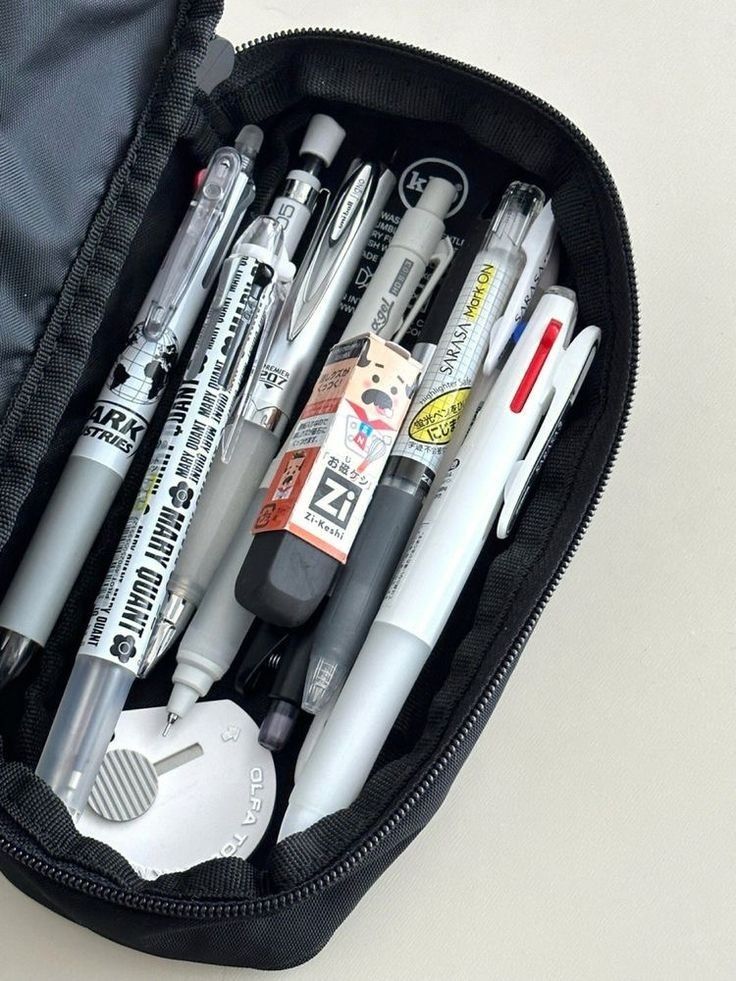
Artists often start with a tablet or iPad paired with a stylus. Pressure sensitivity is important because it lets them control line thickness and shading easily. Popular digital painting software includes Clip Studio Paint, which many use for its anime-focused brushes and tools.
Besides hardware and software, a simple sketchbook and pencils can help with practicing shapes and features before moving to digital. Using layers in software helps artists work on different parts without ruining the rest of the drawing.
Some tools even offer AI assistance for style experiments, but mastering fundamental brushes and pressure control gives more control over the final look.
Choosing References and Inspiration
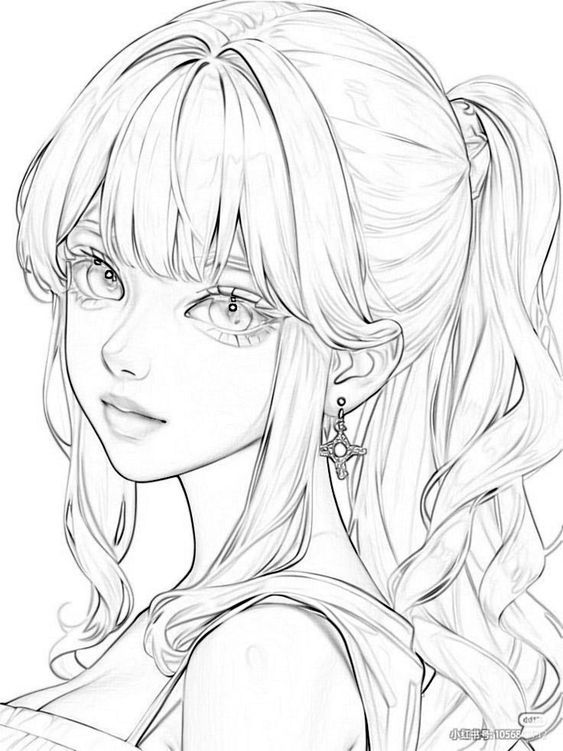
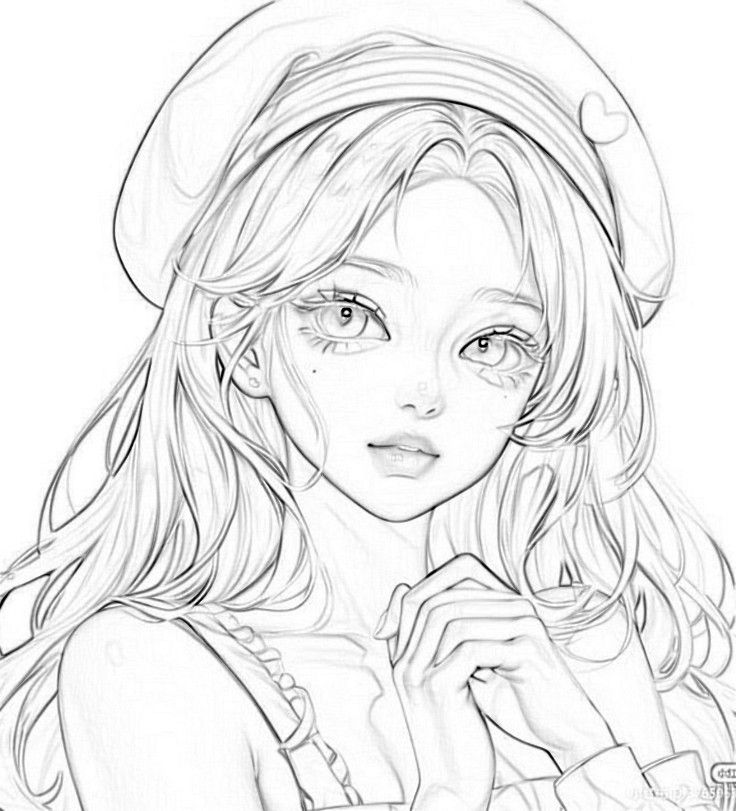
Good references ensure accurate and interesting portraits. Artists pick photos or real people to study facial shapes, expressions, and lighting. It’s best to use multiple angles to understand the subject fully.
Pinterest and art platforms help find inspiration, showing examples of anime and stylized portraits. Looking at different artists’ work reveals various styles and techniques to try out.
Sometimes, artists combine traits from several references to create new, personalized characters. The key is balancing realism with creativity to make portraits stand out.
Understanding Stylization in Art
Stylization means changing real features to fit an art style. In anime, eyes are usually bigger, noses smaller, and faces simpler. It’s about picking which features to exaggerate and which to keep subtle.
Artists think about shapes, lines, and colors to bring out personality. For example, sharp angles can make a character look tough, while soft curves can make them appear gentle.
Learning to simplify details without losing expression helps portraits look clear and lively. This balance is different for every artist and develops with practice.
Mastering Facial Proportions and Features
Understanding the basics of facial structure in anime is key to drawing balanced and appealing characters. Accurate placement of features like eyes, nose, and mouth shapes the face’s look. Adding expression brings these faces to life, making them more than just drawings.
Anatomy Basics for Anime Faces
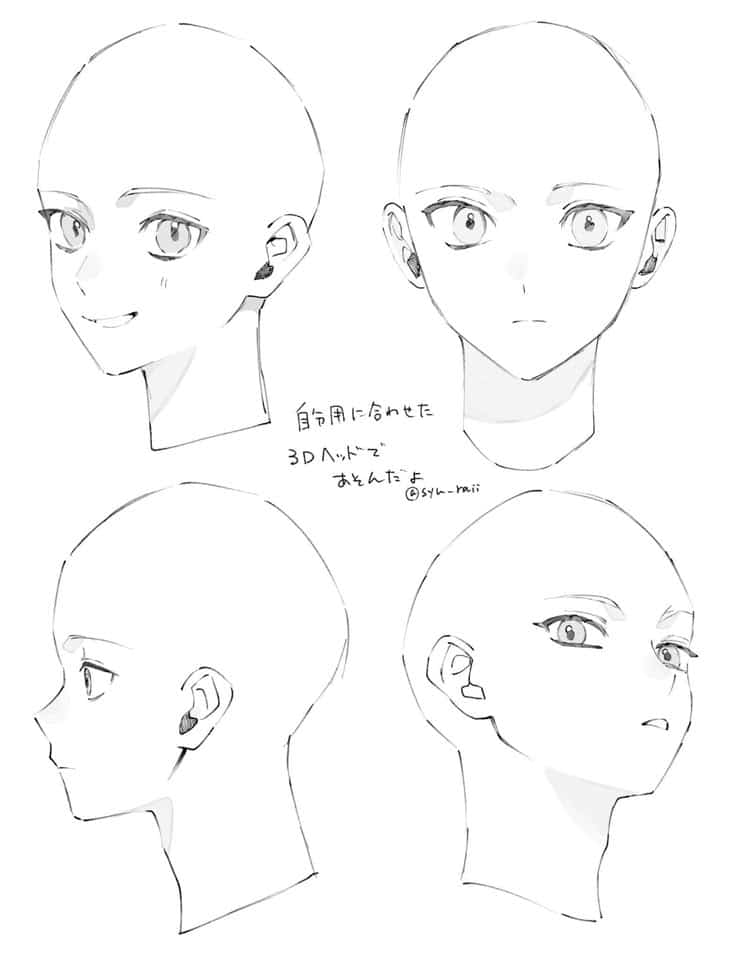
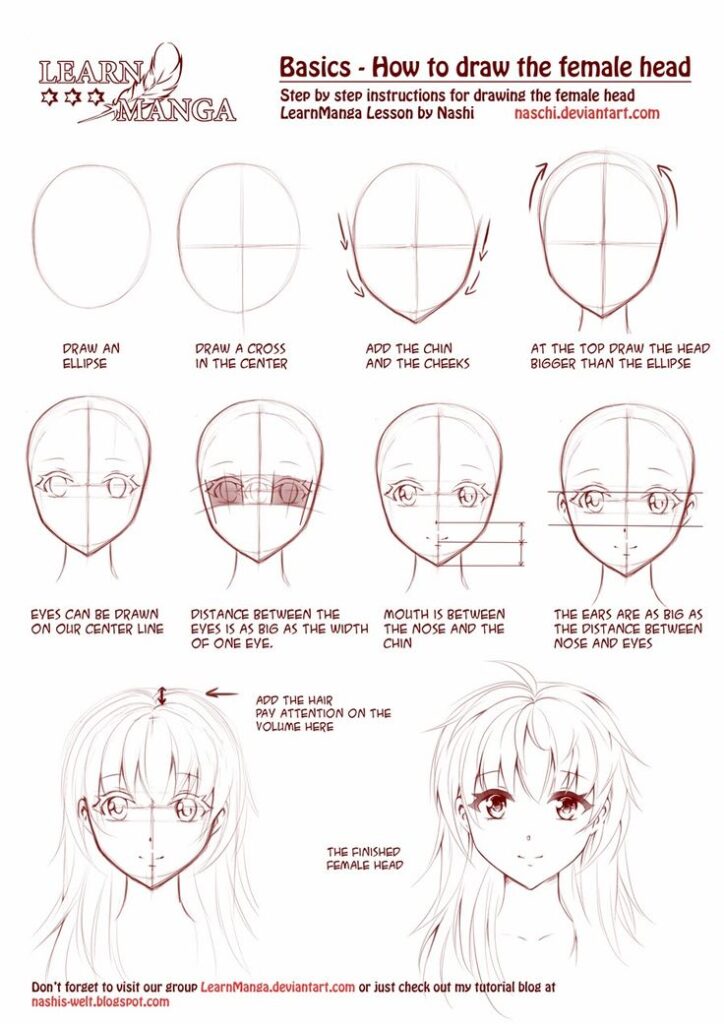
Anime faces often use simple shapes like circles and lines to build structure. The head is usually round or oval with the chin being narrower. Facial guidelines help place the eyes about halfway down the head.
The space between the eyes is roughly the width of one eye. The nose and mouth are positioned below, spaced evenly for balance. Male faces tend to have sharper angles and larger jaws, while female faces are softer with rounder chins.
Using consistent proportions keeps faces looking natural and helps when drawing characters from different angles. Even simple sketches benefit from basic anatomy to avoid odd or distorted features.
Drawing Eyes, Noses, and Mouths
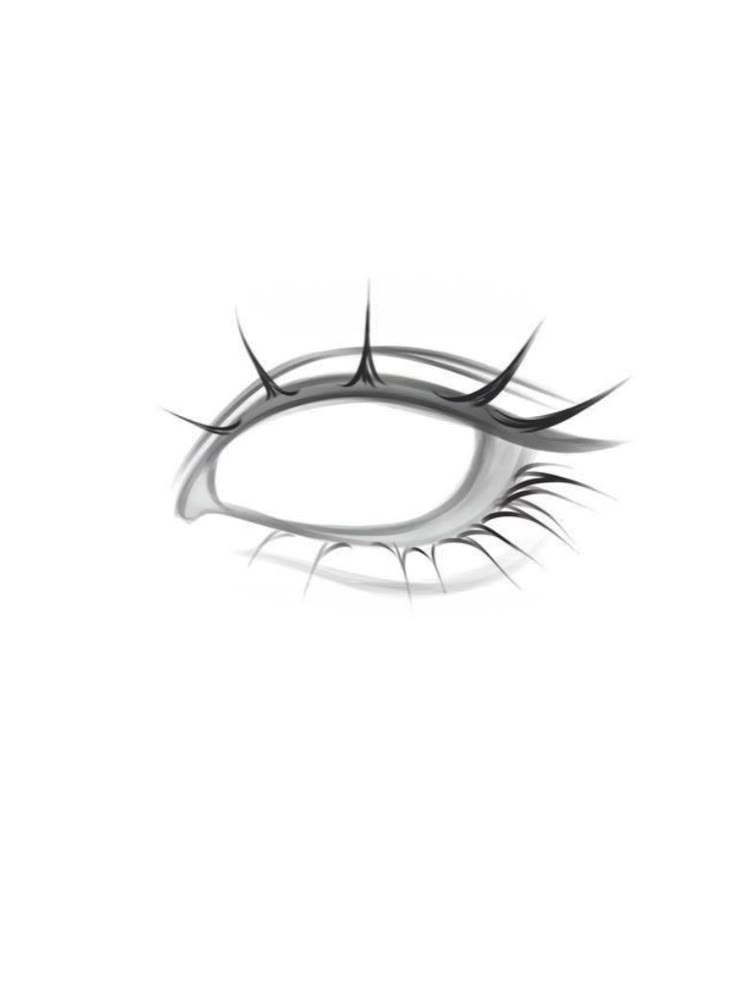
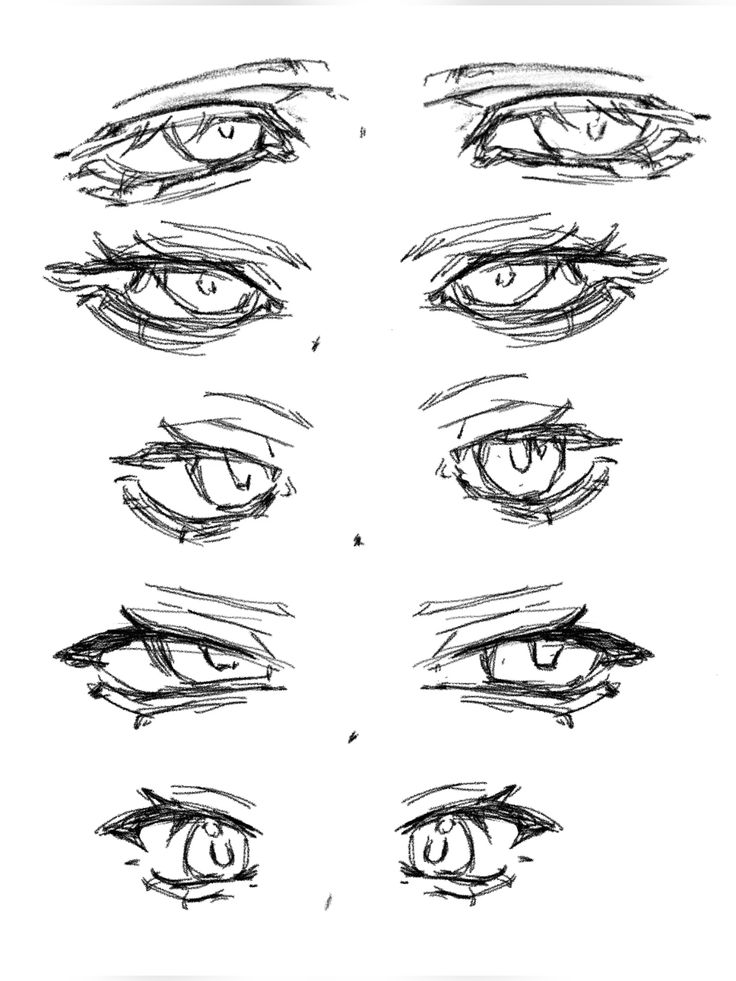
Eyes are the most detailed feature in anime faces. They are large and expressive, often with highlights to show light reflection. Eyelashes and eyelids change based on gender or emotion. The shape can be round, sharp, or elongated depending on style.
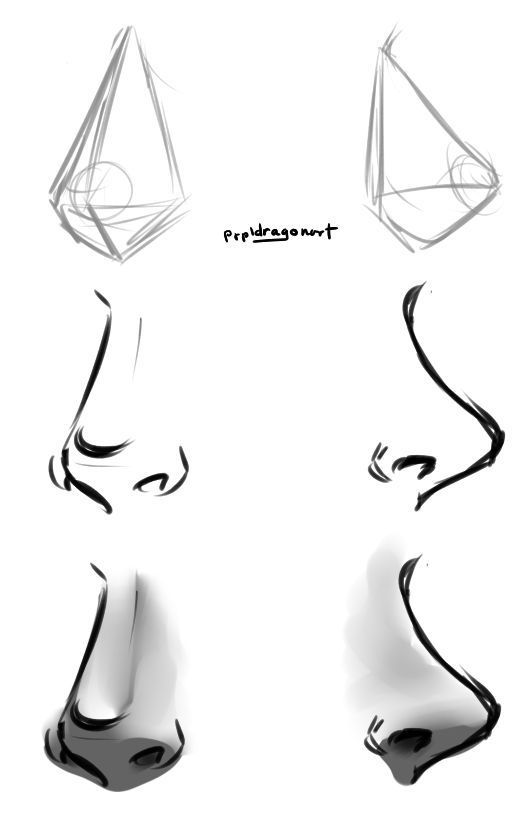
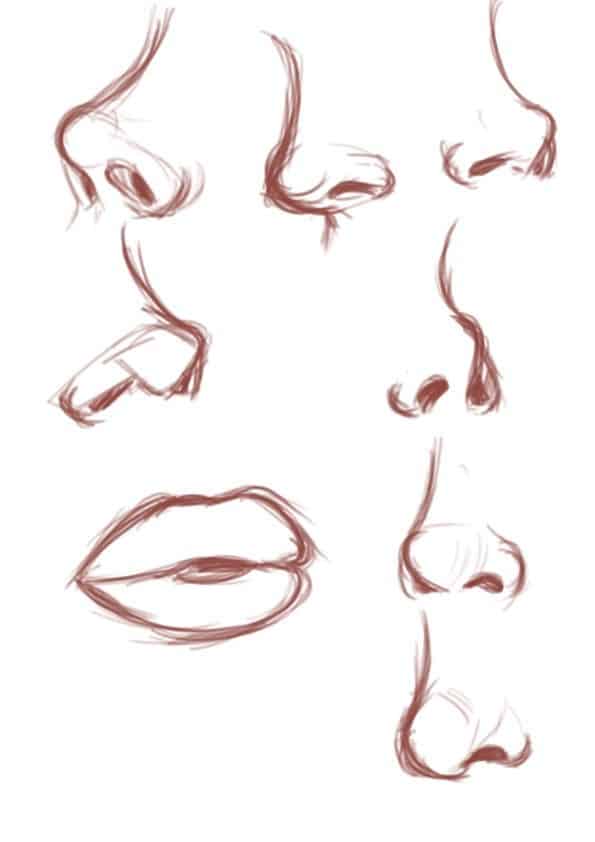
Noses are minimal, sometimes just a small dot or line. They sit halfway between the eyes and mouth. Mouths vary from simple lines to complex shapes, showing emotion by changing position and curve.
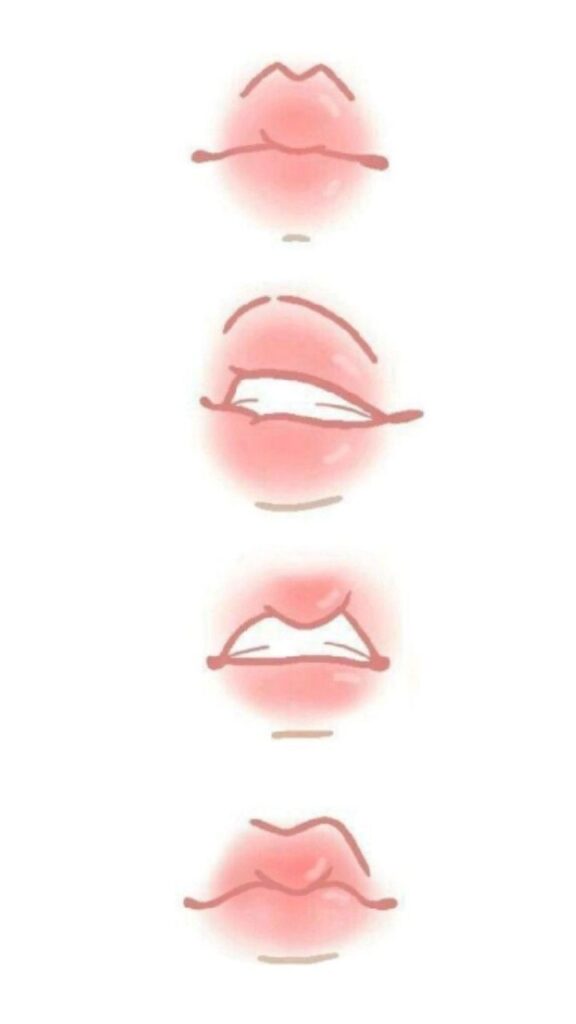
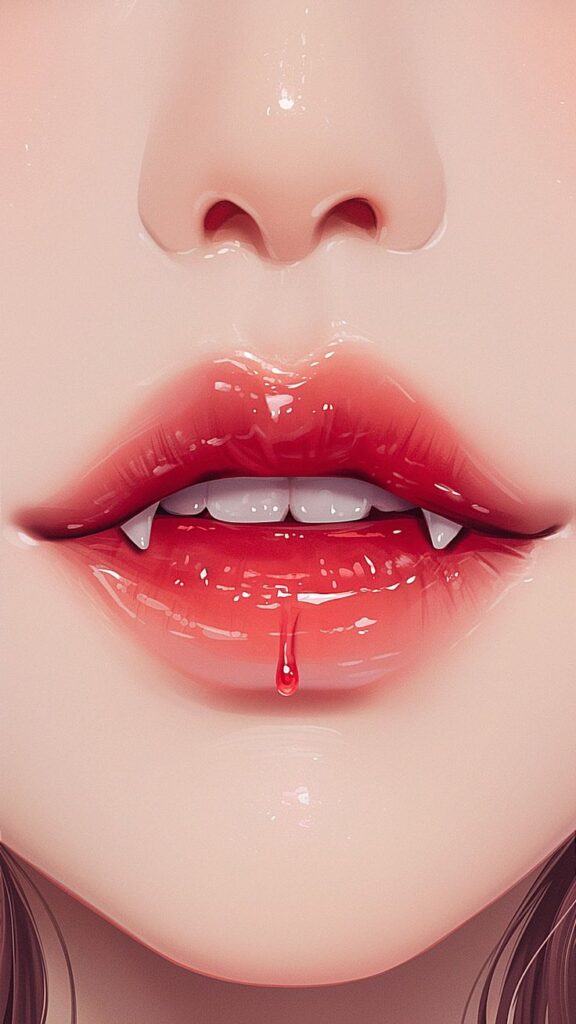
Using shading and line weight helps add depth. The eyes usually get the most attention, but noses and mouths are just as important to keep the face balanced.
Creating Expressive Emotions
Anime uses clear, exaggerated expressions to show feelings. Eyebrows play a big role; they tilt or curve to express surprise, anger, or happiness. Eyes widen or squint depending on the emotion.
The mouth changes shape too—smiles, frowns, and open mouths add context. Even small changes, like blushing or tears, can tell a lot about what the character feels.
Practicing common emotional expressions builds skill. It helps artists create characters that look alive and relatable through their facial details.
Coloring and Shading Techniques
Coloring and shading bring life and depth to anime and stylized portraits. Choosing how to apply colors and shadows shapes the overall look. Whether using flat colors or gradients, shading styles focus on light and shadow placement. Highlights add shine, while shadows give form and mood.
Flat Colors vs. Gradients
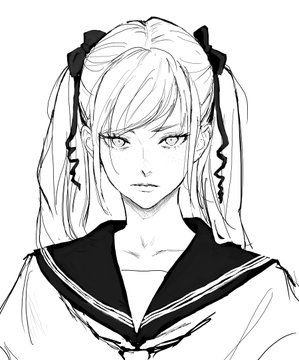
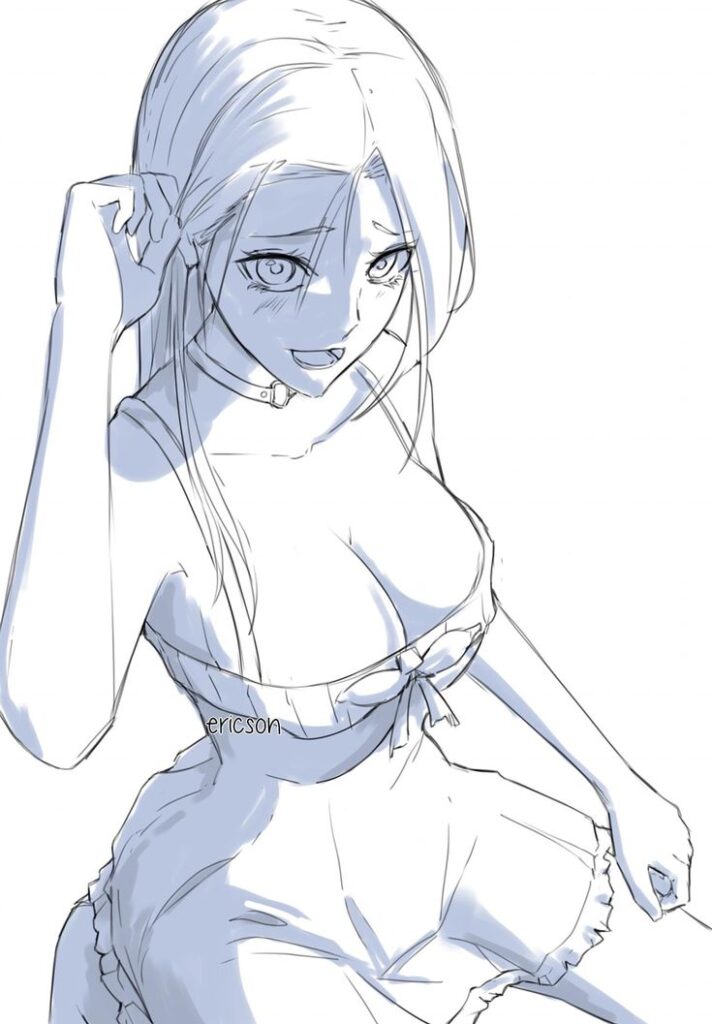
Flat colors are solid, uniform blocks of color without blending. They create a clean, simple look typical of classic anime. Flat coloring is easy to manage and helps the artwork feel bold and graphic. It’s great for beginners or styles that want sharp edges.
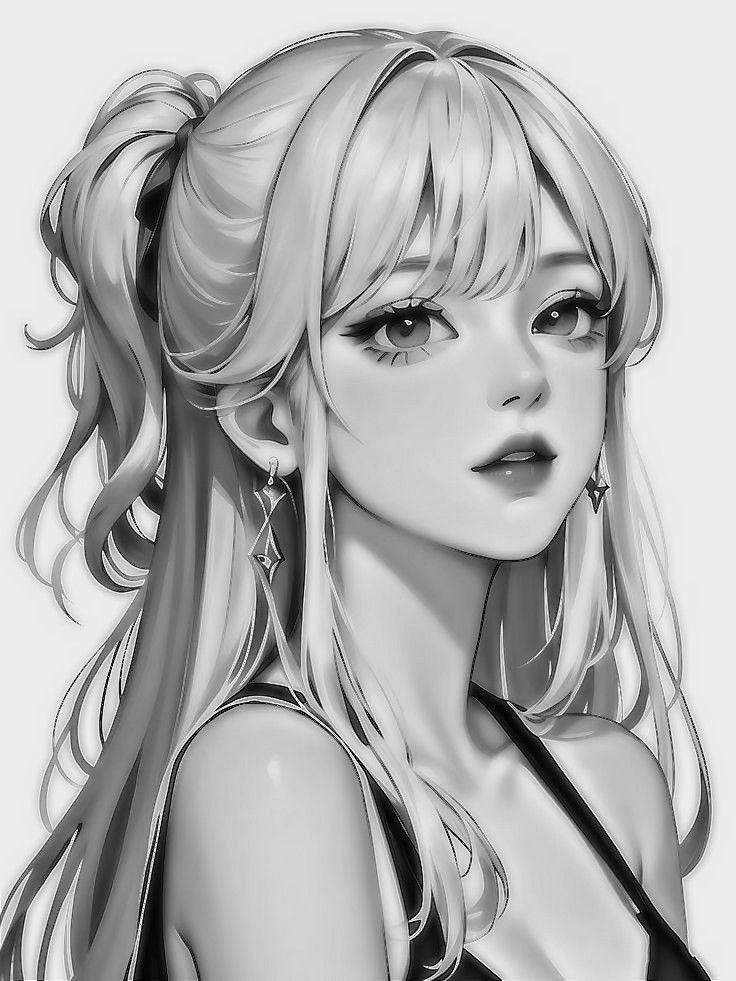
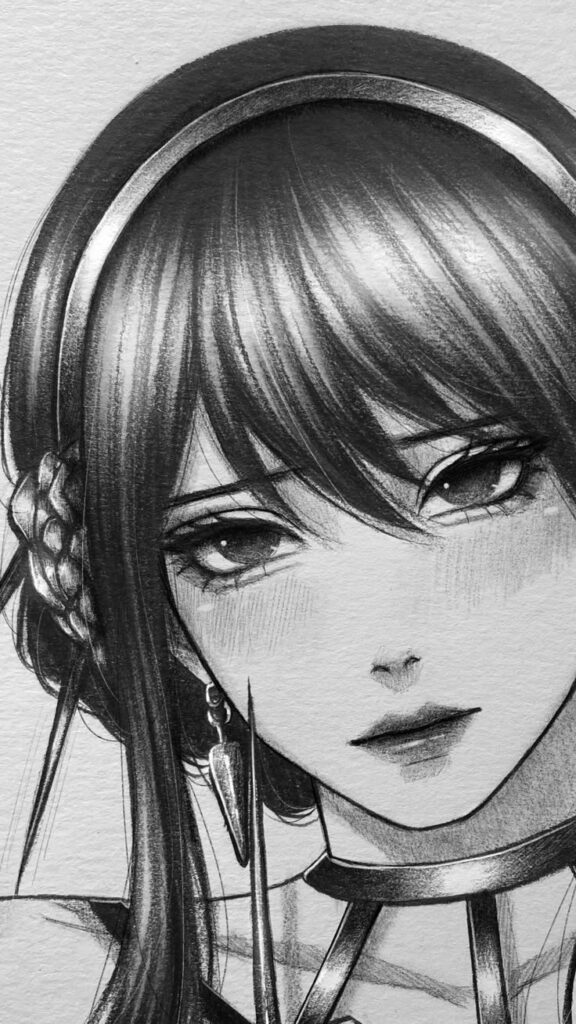
Gradients, on the other hand, smoothly blend one color into another. This adds softness and depth to the image. Using gradients can make skin, hair, and clothing appear more rounded and natural. However, it takes more skill to control and keep the style consistent.
Artists often mix flat colors with subtle gradients. For example, they might use flat colors for base layers and gradients to soften shadows or add volume. This balance helps keep the image stylized but visually rich.
Cell Shading for Anime Looks
Cell shading uses clear, hard-edged shadows rather than smooth blends. It mimics traditional animation techniques where shading is kept simple but effective. The shadows typically have sharp borders and use darker versions of base colors.
To start cell shading, artists place shadows in areas where light is blocked, like under the chin or hair strands. Using bright, saturated colors for shadow outlines can help them stand out from the main line art.
This technique works well for fast, expressive artwork. It enhances the anime feel and helps keep the piece readable even from a distance. Cell shading also improves the sense of light direction and shape without much detail.
Adding Highlights and Shadows
Highlights represent where light hits most strongly. They can appear as small bright spots or wide glows on shiny areas like eyes, hair, or lips. Highlights give a polished, glossy look common in anime styles.
Shadows should be placed thoughtfully to enhance the form. Soft or sharp shadows depend on the light source. For example, a strong midday sun creates sharp shadows, while indoor lighting produces softer ones.
Using different shadow colors can deepen the effect. Warm shadows suggest warm light, while cool shadows work for moonlight or shade. Adding multiple layers of shadows and highlights adds richness and dimension to portraits without making them look overdone.
Designing Unique Characters
Creating unique characters means giving them details that set them apart from others. This includes choices about their hair, clothes, and the ideas behind who they are. Each part shapes how the character looks and feels to the viewer.
Customizing Hairstyles and Accessories
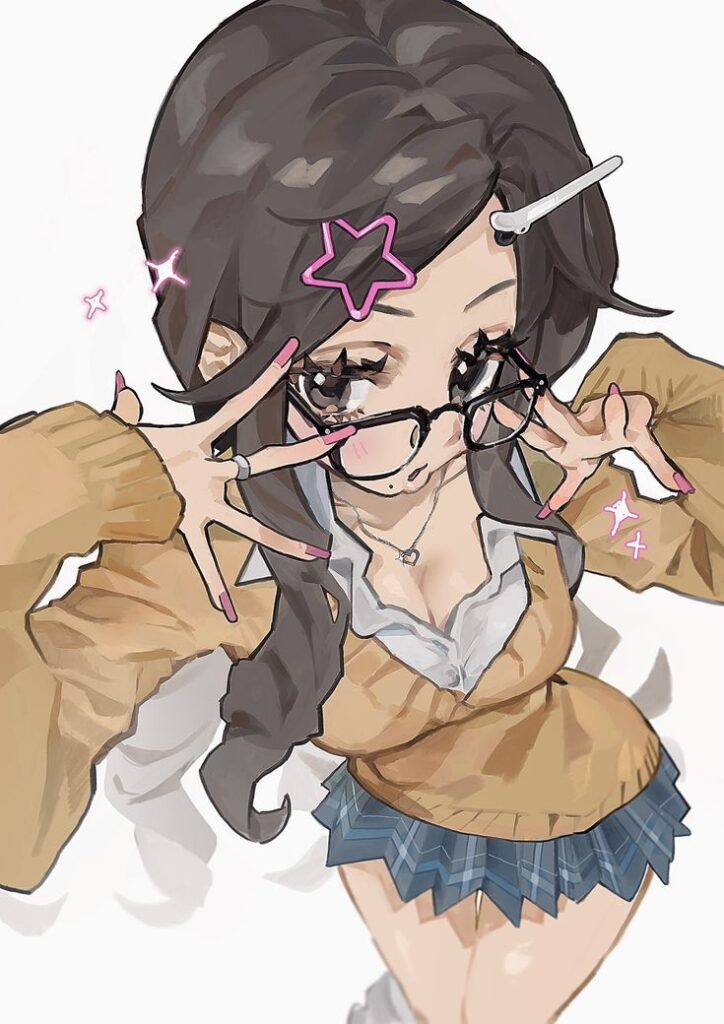
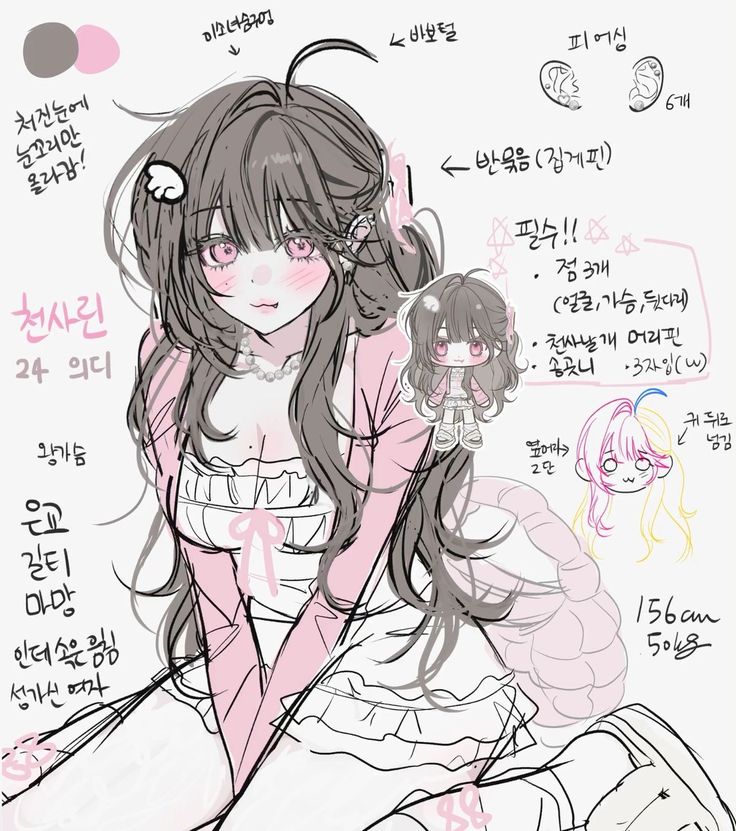
Hairstyles are one of the easiest ways to make a character stand out. Different lengths, colors, and shapes can express personality. For example, messy hair might show a carefree spirit, while sharp, straight styles can feel more serious or neat.
Accessories add personality and backstory. Items like glasses, earrings, or hats can hint at interests or history. Using small but clear symbols—like a worn necklace or a unique hair clip—helps the character feel real and memorable. Experiment with unusual combinations to create depth.
Crafting Distinctive Clothing Styles

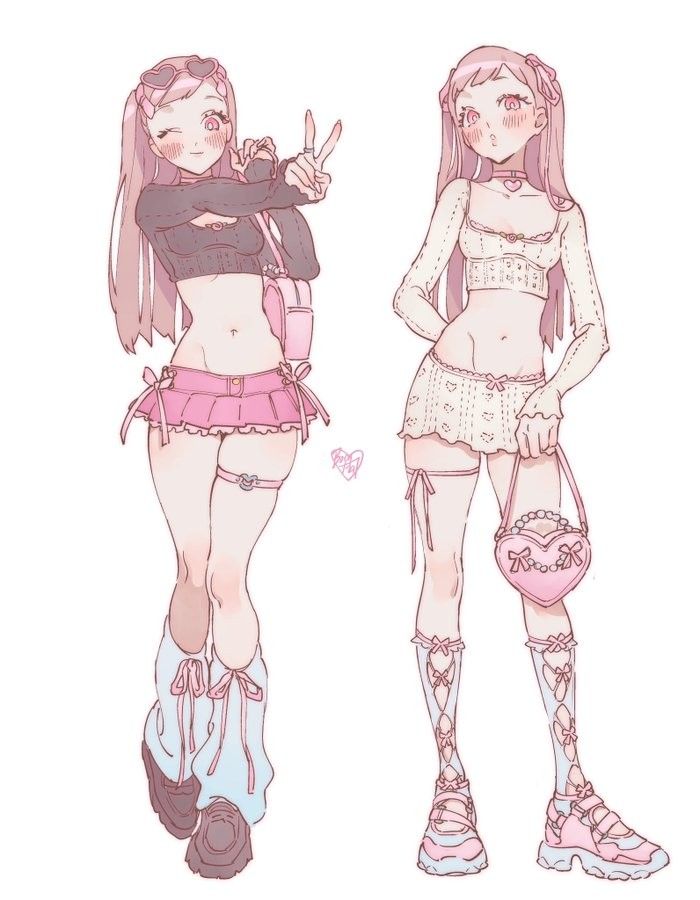
Clothing should match the character’s world and personality. Layered outfits can suggest complexity, while simple designs may highlight innocence or youth. Mixing modern and traditional elements can make the look fresh and unique.
Details like patterns, colors, and textures bring the clothes to life. For example:
| Clothing Element | Effect |
|---|---|
| Bright colors | Energetic or cheerful character |
| Dark colors | Mysterious or serious mood |
| Patterns | Cultural or personal significance |
| Unique cuts | Shows creativity and style |
Clothing helps tell the character’s story without words.
Developing Original Character Concepts
A good character starts with a clear idea of who they are inside. This means thinking about their goals, fears, and history. These traits influence how the character moves, reacts, and interacts with others.
Simple questions help shape ideas:
- What motivates this character every day?
- What makes them different from others?
- What challenges have they faced?
Focusing on these helps artists avoid clichés. The more specific the concept, the easier it is to design features that reflect personality, making the character feel original.
Final Touches and Polishing Your Portrait
Final touches bring the portrait to life by refining the lines, adding background elements, and preparing the artwork for sharing. Attention to small details can make a big difference without adding extra complexity.
Line Art Clean-Up Tips
Cleaning up line art helps the portrait look crisp and neat. Artists should zoom in to remove stray marks and smooth uneven edges. Using a brush with stabilizer features can make lines cleaner.
Adjusting line thickness adds depth. Thicker lines can highlight the outer edges, while thinner lines work well for smaller details like facial features. Avoid cluttering the image with too many lines.
If using digital tools, layers are important. Keep your line art separate from coloring layers. This makes edits easier and prevents accidental changes to the base drawing.
Backgrounds and Simple Effects
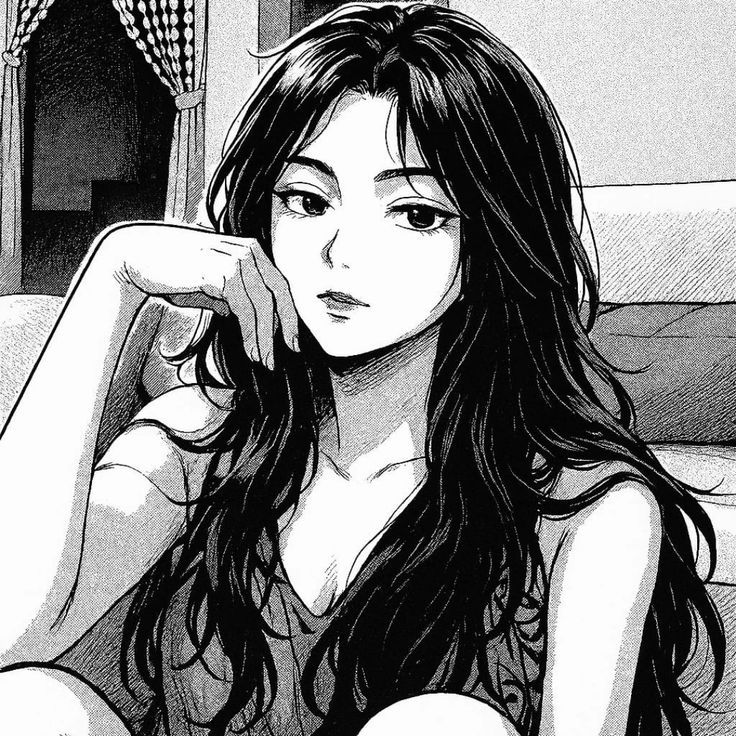

Backgrounds don’t have to be complex. Simple gradients or soft colors help the character stand out. Using light textures or subtle patterns can add interest without distracting from the portrait.
Effects like light glows or small sparkles can highlight certain areas, especially eyes or hair. Adding a soft shadow beneath the character grounds the portrait and gives it a sense of space.
Avoid heavy or busy backgrounds. The focus should remain on the character’s expression and details. Subtlety helps maintain the style’s clean and appealing look.
Exporting and Showcasing Your Artwork
Before exporting, check resolution and file format. Use at least 300 dpi for printing and 72 dpi for online sharing. PNG format preserves quality well without making the file size too large.
Naming files clearly helps organize different versions. Include the date or version number in the filename to avoid confusion.
When sharing online, adjust the size to fit platforms like Instagram or art communities. Adding a watermark or signature can protect the artist’s work without blocking important details.
- 9.4Kshares
- Facebook0
- Pinterest9.4K
- Twitter1
- Reddit0
